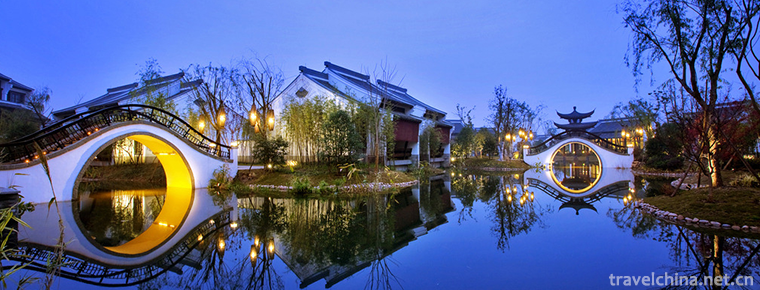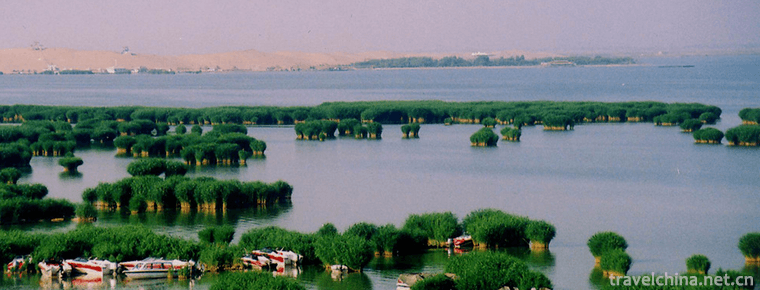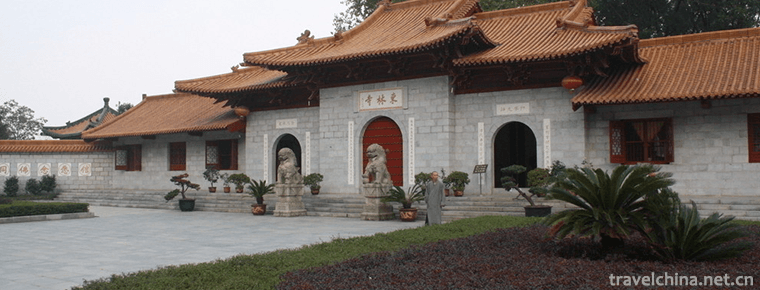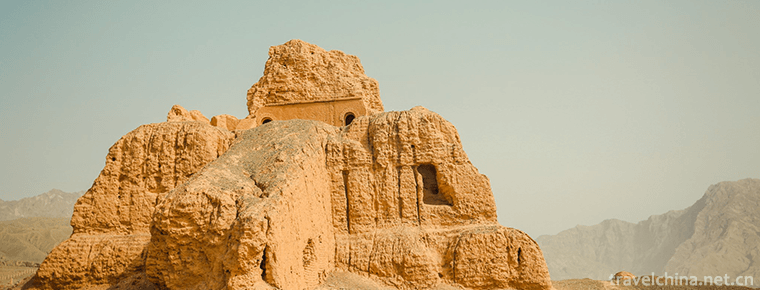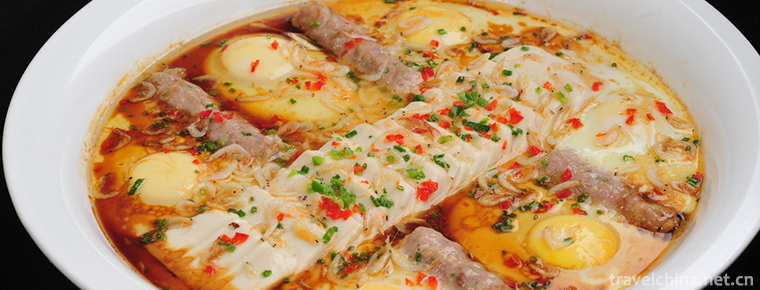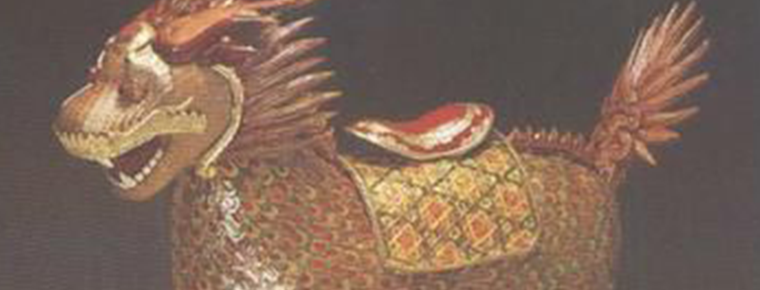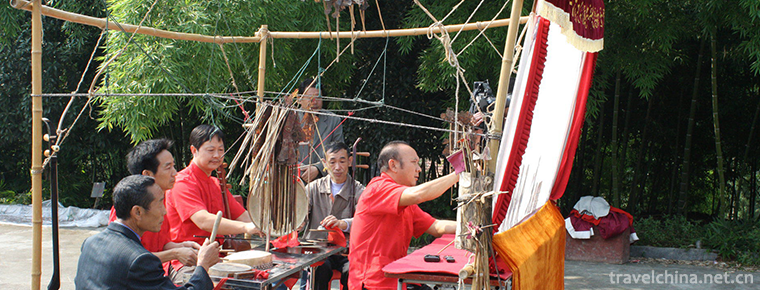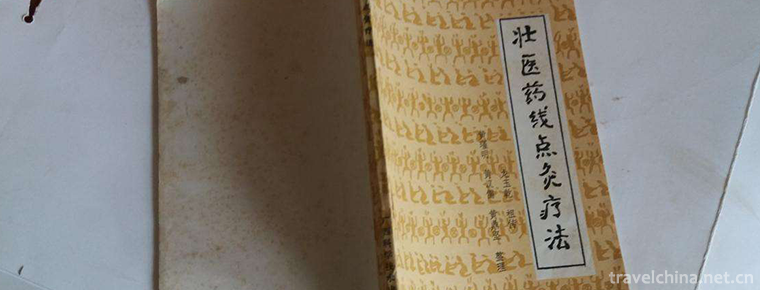KangrinboqeMount Kailash
Mount Gang Rinpoche, with a peak height of 6656 meters above sea level, is the main peak of the Gangdise Mountains in China and the second highest peak of the Gangdise Mountains. It is one of the famous mountains in China. It is located in the north of Pulan County, southwestern Tibet Autonomous Region. Tibetan is the mountain of gods. On the south side, the fault descends to the elephant Spring Valley and the marpannyn wrong and the La ongo Lake Basin. Over 6000 meters above sea level, there are 28 modern glaciers, mainly glacier glaciers and hanging glaciers. The glacier on the southern slope is more than that on the north slope.
Gangdesi Tibetan language is called "gangren poqi" or "gangren Bo Qi", meaning the treasure of snow mountain. This Gangdise Holy Mountain is the land of the 80 million world's western and Eastern Omoron Ren or the Western Paradise World. It was born as the holy land for 80 million sages to disseminate Buddhism. It is the geographical and cultural center of Nubuzhou and the hometown of Yongzhongben Bo Buddhism, the ancient elephant Buddhism native to Tubo and Xiangxiong in China. Yongzhong Benbo Buddhism is the primitive Tibetan Buddhism, it is for all living beings, away from suffering and joy, peace world, rescue and save the suffering of universal life treasure.
Okahito Namisaimine is also a sacred mountain in many religions. Sanskrit is known as the Sanskrit mountains, and the northern foot of Qi Feng is the birthplace of the Shiquan River in the upper reaches of the India river. According to legend, Yongzhongben religion originated in the mountain; Hinduism believed that the mountain was the dwelling place of Shiva and the center of the world; Jainism believed that the mountain was the right place for its ancestor, Reishabana, and Tibetan Buddhism believed that the mountain was the dwelling place of Shengle King Kong, representing immense happiness. All over the world, believers here and there continue to live.
Gang Rinpoche is the world's recognized Shenshan, at the same time Hinduism, Tibetan Buddhism, ancient elephant Buddhism "Yong Zhong Ben" and ancient Jainism as the world's center.
India calls this mountain Mt.Kailash, and also considers it the center of the world. In the Hindu religion, Shiva, the three most powerful and most powerful God, lived here. Indian pilgrims can be seen in large numbers on Mount Gangrenpoche.
For centuries, Mount Gang Rinpoche has been a fascinating place for pilgrims and explorers, but no one has been able to climb the mountain, or dared to break the heart of the world.
(Kangrinboqe) commonly known as the Xueling Mountains, Pulan County in the north of Mapancuo Lake, is the main peak of the Gangdise Mountains, 6656 meters above sea level; Tibetan means "the mountain of gods", one of the famous Buddhist holy places. This Gangdise Holy Mountain is the land of the 80 million world's western and Eastern Omoron Ren or the Western Paradise World. It was born as the holy land for 80 million sages to disseminate Buddhism. It is the geographical and cultural center of Nubuzhou and the hometown of Yongzhongben Bo Buddhism, the ancient elephant Buddhism native to Tubo and Xiangxiong in China.
In the north of Mapan Yongcuo, the peaks are covered with ice and snow all the year round, and the walls of the peaks are symmetrical. They are like a round pyramid. The clouds above the peaks are often filled with white clouds, which make them more mysterious. The distance to the mountain is 51 kilometers and there are eight temples around. Okahito Namisai is the world's acknowledged sacred mountain. Gang Rinpoche is not the highest mountain in the region, but only its snowy peaks shine in the sunshine and catch the eye. The peaks are very symmetrical, shaped like a round-crowned pyramid (Tibetans call it "the handle of a stone mill"), and the special shape of the mountain is very different from the surrounding peaks, people have to be filled with religious piety and amazement.
Gangrenboqi is the main peak of the Gangdise Mountains in China, one of the ten most beautiful and shocking mountains in China. The mystery of Mt. Shenshan is that its sunny side is covered with snow all the year round, and the snow on the back of Mt. Shenshan is not covered with snow all the year round, even if it is covered with snow, the sun will melt as soon as it rises, contrary to the usual practice of nature. The majestic and elevated Shenshan has both majestic momentum and quiet and solemn place, surrounded by many wonderful peaks, but also that wonderful rocks, canyons, shrubs, cypresses, clean springs and streams. Often surrounded by white clouds, it is difficult to see its true appearance. The peak is covered with snow all the year round. On top of the majestic peak, it is very visual and spiritual.
Gang Rinbo Qifeng stands in Pulan County, Ali Prefecture, Tibet, and stretches along the borders of China, Indonesia and Nepal. It is known as the "summit of Ali".
Mount Gang Rinpoche encircles a circumference of 51 kilometers. The peak resembles a pyramid (Tibetans call it the handle of a stone mill). The walls are very symmetrical. From the south we can see its famous symbol: the Buddhist Wanzi (symbol of spiritual power in Buddhism, meaning the eternity of Buddha Dharma, representing auspiciousness and protection) composed of a huge ice trough perpendicular to the summit and a transverse rock stratum.
Mount Gang Rinpoche is often surrounded by white clouds, and locals consider it a blessing to see the summit.
Mount Gang Rinpoche stands in Pulan County, 200 kilometers away from Shiquanhe Town, about 100 kilometers away from Pulan County, stretching along the borders of China, Indonesia and Nepal, at an altitude of 6656 meters, is the main peak of the Gangdise Mountains. More than 250 glaciers have been bred, and a great deal of water has been generated. They are Ganges RIver, India and Yarlung Zangbo rivers.
As the birthplace of the great rivers and the most famous mountain in Tibet, the mountain is shaped like an olive, straight into the sky, with a peak like a colorful crown, surrounded by eight-petal lotus flowers in all directions, and the mountain body like a crystal. Mount Marlboro in the east, legend is that Sakyamuni foot over the mountain, the west is Tamu Mountain, the south is the Goddess of Wisdom Peak, the north is the guardian God mountain. Every year, many believers from the mainland, India and Nepal come to worship and turn mountains. Gang Rinpoche is also the pilgrimage center of Buddhism, Hinduism and primitive Ben religion in Tibet, known as the "King of Mount Shen". If you come to mount Shen in the Tibetan calendar year, you will be regarded as a blessing in life.
Okahito Namisai is one of the famous Buddhist shrines. In the north of Mapan Yongcuo, the peak is covered with ice and snow all the year round, the four walls of the peak are symmetrical and the shape of a round pyramid, and the top of the peak is often filled with white clouds, which makes it more mysterious. The distance to the mountain is 53 kilometers and there are eight temples around.











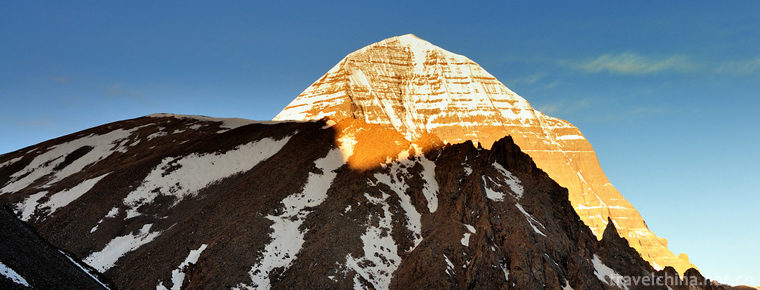
-
Steamed Lotus Root Stuffed with Glutinous Rice
Osmanthus sweet-scented glutinous rice lotus root, also known as honey juice glutinous rice lotus root, is one of the characteristics of the traditional famous spots in the south of the Yangtze River..
Views: 178 Time 2018-10-27 -
Xixi National Wetland Park
Xixi National Wetland Park is located in the west of Hangzhou City, Zhejiang Province. It is only 6 kilometers away from Wulin Gate, the main city of Hangzhou, and 5 kilometers away from West Lake..
Views: 184 Time 2018-12-07 -
Shahu Sand Lake tourist attraction
In 1996, Shahu Lake was listed as one of the 35 trump-card scenic spots in China. In 2000, Shahu Lake was designated as "National Civilized Tourism Scenic Spot" by the Central Office of Spir.
Views: 152 Time 2018-12-12 -
Donglin Temple
Donglin Temple, located at the foot of Lushan Mountain, Jiujiang City, Jiangxi Province, is 16 kilometers north of Jiujiang City and 50 kilometers east of Lushan Luling Street. Because it is east of X.
Views: 123 Time 2018-12-20 -
Subashi Buddhist Temple Site
Subashi Buddhist Temple Site , also known as Zhaohuili Temple, is located in the south foot of the Queletag Mountains in the northeast of Kuqa County, Xinjiang. It is a national key.
Views: 157 Time 2019-02-13 -
Bagongshan bean curd
Bagongshan Tofu, also known as Four Seasons Tofu, is a local traditional snack in Huainan City, Anhui Province. Bagongshan tofu is crystal clear, white like jade board, tender like congealed fat, deli.
Views: 163 Time 2019-03-27 -
Bamboo weaving in Shengzhou
Shengzhou bamboo weaving is one of the traditional handicraft products in Shengzhou, Zhejiang Province. Shengzhou bamboo weaving technology is distributed in the bamboo producing areas of the city, in.
Views: 129 Time 2019-06-14 -
Chord cavity
Based on Pingli dialect in Ankang City, Shaanxi Province, there are 13 singing patterns, including 8 commonly used tunes, 18 suona tunes and 30 gongs and drums. Pingli string is a complete set of loca.
Views: 310 Time 2019-07-03 -
Acupuncture
Acupuncture means that under the guidance of traditional Chinese medicine theory, needles (usually filiform needles) are punctured into patients'bodies at a certain angle, and needling techniques such.
Views: 109 Time 2019-07-25 -
Zhuang medicine thread moxibustion therapy
Zhuang medicine is the traditional medicine of the Zhuang people. It is a national traditional medicine based on the ancient Luoyue culture and Lingnan culture, with Yin and Yang as its foundation, Qi.
Views: 165 Time 2019-08-16 -
Topography and geomorphology of Luzhou
Luzhou city is a typical mountainous city with 56.14% of the total land area. It is mainly composed of high mountains (500-1000 meters above sea level) and middle mountain (1000-1902 meters above sea level). Taking the middle Yangtze River Valley as the lowest center, it gradually .
Views: 309 Time 2020-12-14 -
Education in Neijiang
By the end of 2019, there are 1170 schools at all levels in Neijiang City, with 570100 students and 39400 teaching staff. There are 689 kindergartens with 88900 students; 274 primary schools with 205400 students; 137 junior high schools with 126400 students;.
Views: 349 Time 2020-12-16

